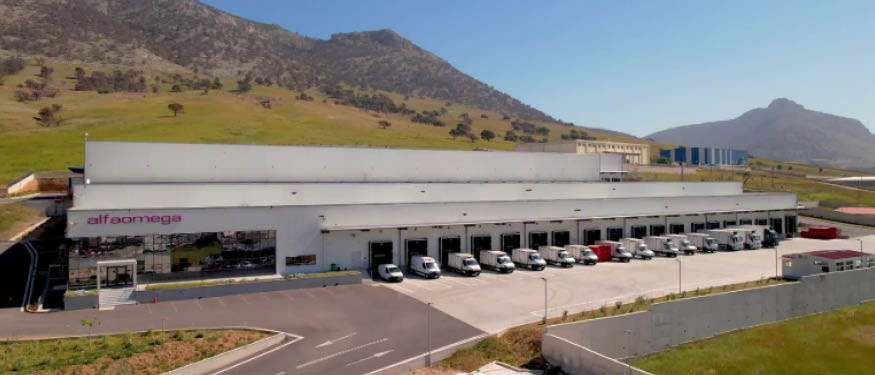In 2015, Albania harmonized its legislation with EU Directive 2009/72/EC through law no. 43/2015 “On Electrical Energy Sector” (the “Energy Law”).
The Energy Law governs the generation, transmission, distribution, and supply of electricity, and regulates competitiveness in the electricity sector, open access to the market, and the criteria and procedures applicable to the granting of licenses, together with consumer protection provisions.
To stimulate renewable energy, Albania approved law no. 7/2017 “On Encouraging Utilization of Energy from Renewable Sources” (the “RES Law”) in compliance with the Energy Community Treaty and Directive 2009/28/EC “On Renewable Energy Sources.”
The RES Law provides various “Incentive Schemes” in order to reach targets related to the amount of electricity produced from renewable sources. These schemes achieve this goal by reducing the costs of such energy, raising the price at which it can be sold, and increasing the volume of purchased energy through obligations for the use of renewable energy, or other means.
Albania’s Renewable Energy policy is composed of two strategic documents – one document covering 2018-2030 and one covering 2018-2020. The country has set an objective to increase the production of renewable energy to 38% of gross final energy consumption for 2020, while for 2030 the renewable energy should account for 42%.
The main challenge producers of renewable energy face currently is the uncertainty of the price at which they will be able to sell the energy they produce.
Feed-In Tariff for Small Solar and Wind Energy Producers
The mechanism used to promote the construction of photovoltaic plants (up to 2 MW) and wind energy plants (up to 3 MW) is the feed-in tariff. The tariff is set by the Albanian Energy Regulator Authority (ERE), through a methodology based on the cost of the project to ensure a reasonable investment rate of return.
ERE approved the tariff/price for energy produced from photovoltaic plants for 2017 and for 2018 in the amount of EUR 100/MWh and EUR 71.2/MWh, respectively. The feed-in tariff for projects authorized during 2018 was approved by ERE only in December 2019, creating uncertainties for investors. ERE explained that the delay was caused by the fact that the price was decided only following a review of the application documents during the year on the expected investment cost. ERE did not approve a price for energy produced from wind energy plants for 2018 and 2019 due to a lack of applications.
A new method of solar power production being utilized in Albania is the floating PV plant. There are currently two projects that have already received preliminary authorization. For projects signed in 2019, ERE approved a price of EUR 100.025/MW, which represents a favorable tariff compared to the one for 2018 for land-based PV plants.
Energy Price for HPPs
The methodology for the feed-in tariff for existing producers with priority (HPPs with installed capacity up to 15 MW) was approved through a Decision of the Council of Ministers of 2017, and the new tariff for each year is adopted annually through a decision of ERE.
The feed-in tariff is based on the price of energy in the Hungarian Power Exchange (HUPX). The formula for calculating the tariff (ALL/kWh) is: The average annual market price in advance (HUPX / DAM) of electricity in the band profile of the previous year of the HUPX of electricity in euro cents / kWh multiplied by the bonus for the promotion of renewable resources in the amount of X multiplied by the average EUR/ALL exchange rate for the previous year.
Through a recent amendment in May 2020, the Council of Ministers lowered the previous bonus coefficient in the methodology from 1.30 to 1.20 for the remaining part of 2020 and subsequent years. This decision led ERE to change the energy price purchased from priority HPPs, repealing its previous decision from January, thus lowering the price. The sudden change creates a liquidity risk for many producers, directly affecting their ability to repay the investment.
Thus, while PV plant producers have only an initial risk associated with the price, which, once approved, will remain unchanged for 15 years of production, priority HPPs already know the price when entering production, but are under constant threat that the government may change the methodology or potentially decrease the price of energy from HUPX.
The decision to lower the bonus was harshly criticized by producers. While it is uncertain if the methodology will change again in the future, it creates a negative precedent for investors concerning the security of their investment.
By Genc Boga, Managing Partner, and Alketa Uruci, Partner, Boga & Associates
This Article was originally published in Issue 7.6 of the CEE Legal Matters Magazine. If you would like to receive a hard copy of the magazine, you can subscribe here.

















